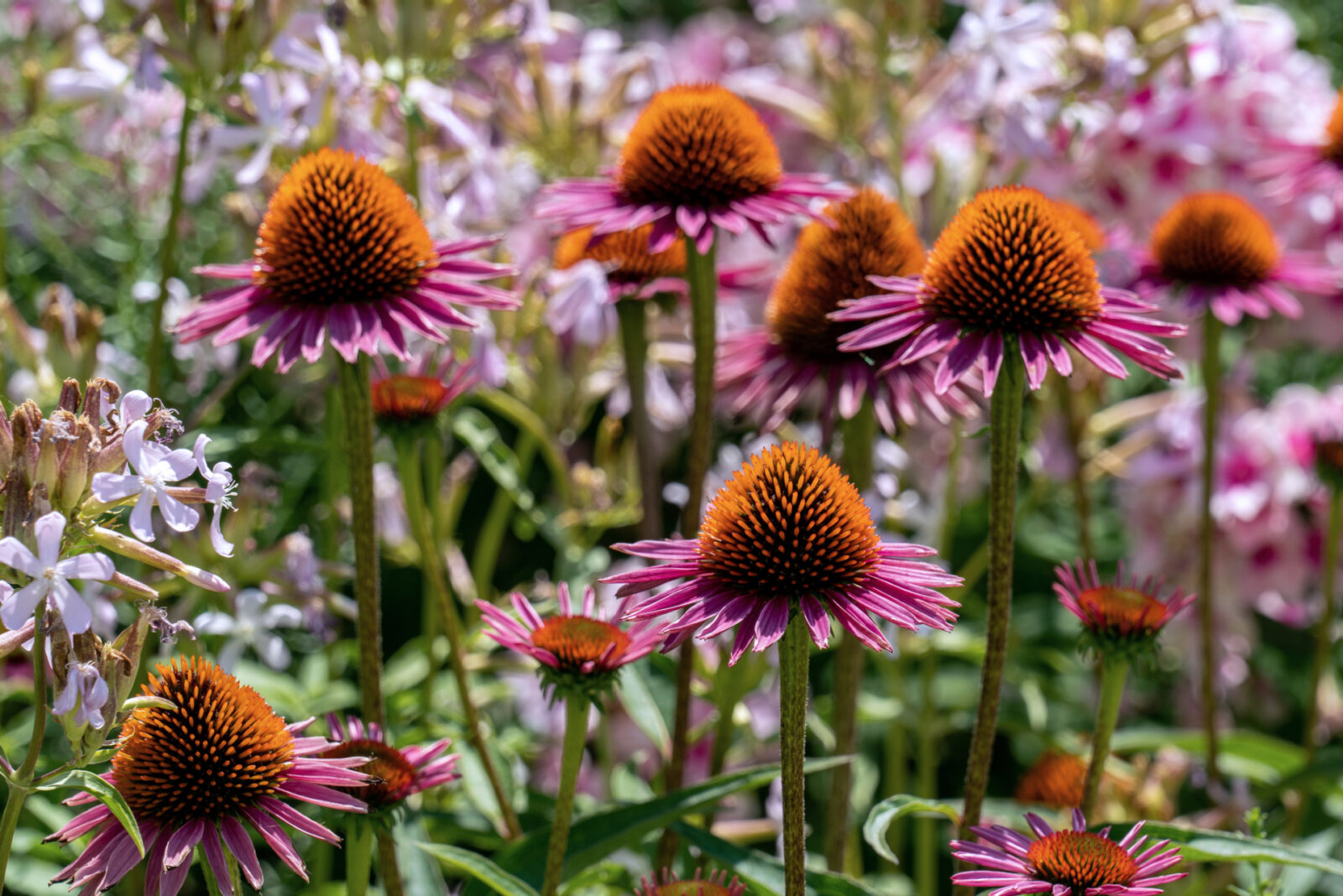
Autumn is officially here! It’s not too hot or too cold, the rain is around and so are warm days – making autumn one of the most ideal times for your garden. We’ve pulled together some of the fruits, vegetables, flowers and herbs that’ll grow like wildfire this season.
Australia’s large size and diverse climate means we couldn’t do a planting guide without breaking it up into zones, but keep in mind these are quite general and within each zone, there’s likely to be a huge variety of microclimates. The best idea, if you’re unsure, is to ask your local nursery, or take a look at Green Harvest‘s handy and detailed guide to Australian climates and microclimates.

Certain plants aren’t picky about their surroundings or conditions, and will likely blossom or bear fruit wherever they hang their proverbial hat.
If you’re wanting to add some colour to your garden with flowers, try planting delphiniums, everlasting daisies, forget-me-nots, hollyhock, marigold, nigella or polyanthus throughout autumn.
Or, if you are looking for fresh produce to enjoy, think beetroot, broad beans, broccoli, cabbage, carrot, cauliflower, celery, leeks, onion or parsnip.

If you’re in a warmer area that is generally frost-free or only experiences occasional light frosts, there are plenty of varieties of vegetables and flowers to choose from. Generally speaking, warmer areas are classified as anywhere north of Coffs Harbour (up into Queensland) and all the way across to the west to Geraldton.
If you’re in one of these zones and need some fresh produce for your garden, consider cabbage, Asian greens, rocket, silverbeet, cauliflower, beans, peas, spring onions, leeks, radish or cucumber. You may also be able to plant lettuce, but they don’t love too much sun, so try to put them in shaded areas if the days are still very warm.
If you’re looking for fruits, anything citrus is a great choice and will love those warmer days. Strawberries, watermelon, rockmelon, pineapple and passionfruit will also work well during autumn.
Herbs to plant include coriander (as long as it’s not too warm) sweet basil, lemon grass and oregano.
To brighten up your garden with bursts of colour, marigolds, sunflowers, pansies, cornflowers, violas, snapdragons, stock, verbena and lavender are all good choices.
If you’re in a zone that’s considered tropical (think far north Queensland) you can even get away with planting zucchini.

Cool and cold areas are defined as anywhere that receives low temperatures for extended periods of time. Think Tasmania, most of Victoria, the southern highlands of New South Wales, Canberra and southern parts of South Australia.
For these areas, stick to vegetables that don’t mind a little bit of cold weather or the occasional frost. Chinese cabbage, spinach, rocket, silverbeet, broccoli, leeks and lettuces will work well.
Flowers are great to add among – or close to – your veggie patch, as a way to attract beneficial insects including bees. For cooler climates during autumn, try planting dianthus, cornflower, pansy, viola, echinacea, verbena and lupins.
Throughout autumn you can also plant coriander, basil, mint and lemon balm.

If you aren’t in one of the cold or warmer areas mentioned above, you’ll more than likely fall into the temperate zone, which includes most of inland Australia, parts of Victoria, South Australia and more southern areas of Western Australia. In autumn, these temperate climates are usually warm with a very occasional winter frost.
For vegetables, try cabbage, bok choi, pak choi, celery, fennel, kale, parsnips, peas, rocket, silverbeet, spring onions, spinach and carrots.
Many flowers that flourish in the cooler and warmer areas, will also do well in the temperate zone (as you’ve kind of got the best of both worlds). Try planting cornflowers, calendula, dianthus, pansies, viola, snapdragons, stock, nasturtium, verbena and marigolds for a colourful boost to your garden.
Most herbs will also do well in a temperate environment, some varieties to plant include parsley, basil, coriander, rosemary, marjoram and thyme.